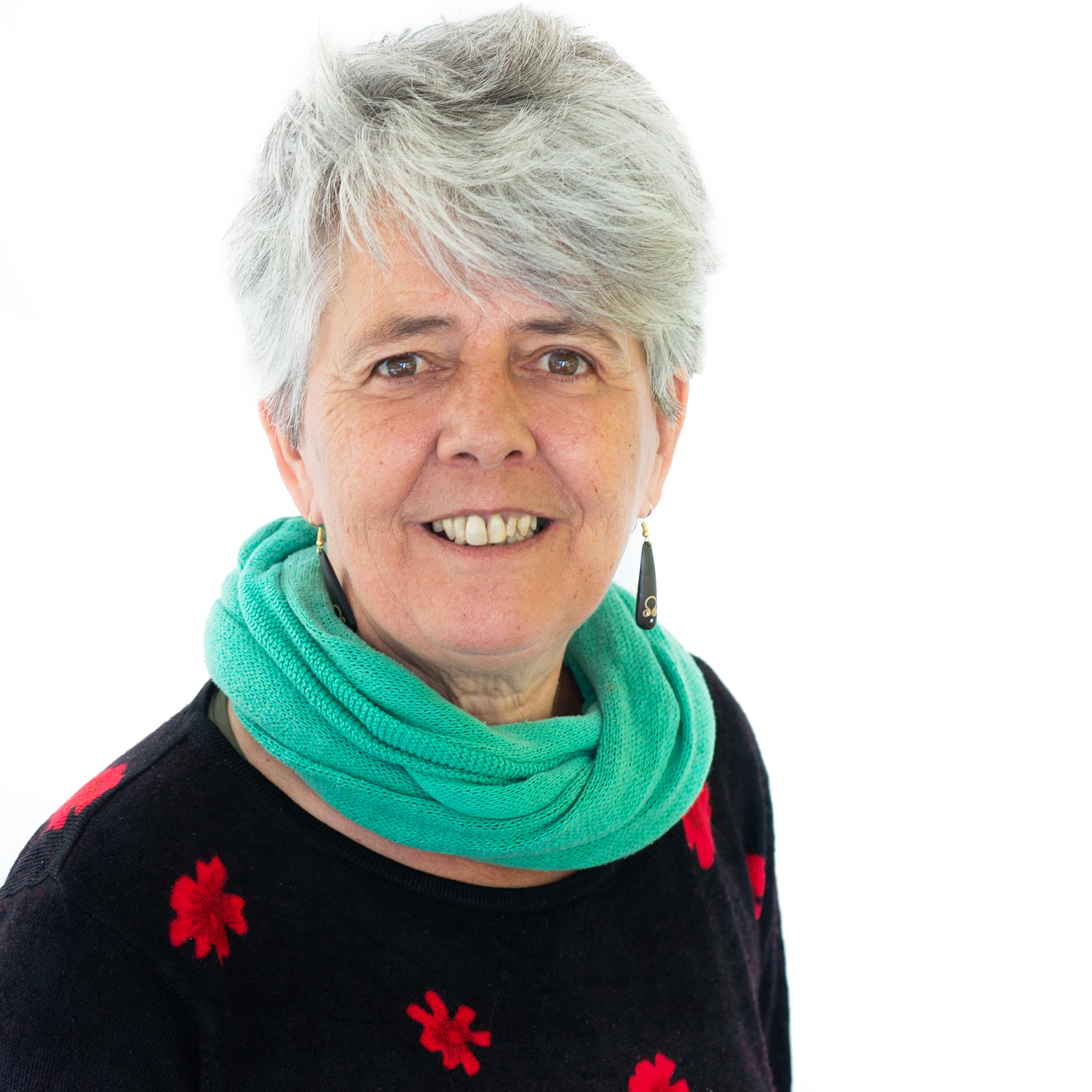The partnership, a platform, a springboard
15 July, 2024
Tuesday 17 december 2019
Header photo: Inundation in Bulungan, Indonesia (c) Sawit Watch
With its many rivers, the Bulungan Regency in the province of North Kalimantan is naturally vulnerable to floods. This vulnerability is exacerbated by economic pressures, such as mining, deforestation and industrial plantations. “People in the densely populated Kayan delta are most affected,” says Astrid Puspitasari, who works at the environmental department of Sawit Watch. “Upstream, the Kayan River Basin is the lifeblood of the people in Bulungan. Communities along the Kayan river traditionally use it to fish and grow crops.” Climate disasters such as floods and landslides destroy their homes and their crops.
“The pressure on the ecosystem could be aggravated with the development plans in the North Kalimantan Province Spatial Plan and Regency Spatial Planning,” Puspitasari says. “However, such spatial planning has the potential to improve the social and environmental conditions for the area. The protection of the watersheds and the Kayan delta should therefore be a priority in the Regency’s development plan.”
Indonesian legislation requires local governments to carry out a Strategic Environmental Assessment (SEA) to ensure social and environmental aspects are taken sufficiently into account in their Spatial Planning. The results of the SEA need to be integrated in the Spatial Planning, to ensure long term sustainable development.
During a Strategic Environmental Assessment, stakeholders and potentially affected groups need to be identified and meaningfully consulted to help define the scope of the analysis and to share the findings and recommendations. Sawit Watch participated in the SEA working group in the Bulungan Regency. “In 2017, together with government officials, academics and other civil society organisations, we started preparations for the SEA as part of the drafting of a sustainable regional spatial planning in a participative way,” Puspitasari says.
Sawit Watch was previously also involved in the setting up of a Strategic Environmental Assessment in the Berau Regency in East-Kalimantan and captured several lessons to facilitate the process in Bulungan:
During the preparation of SEA in the Berau Regency, the involvement of government officials was limited to staff of the Regional Development Planning Agency (Bappeda). To ensure involvement of other top-level decision makers, such as the Head of Bappeda and the Regional Head (Bupati), Sawit Watch set up an intense communication process with important stakeholders within the government. “This way we aim to ensure that the local government and its staff support this process and are willing to use the various insights generated from this SEA study in the preparation of the Bulungan Regency Spatial Planning,” Astrid Puspitasari explains. “We are happy to see that the government is open and cooperative, so we are confident that the results of the study will be taken into account in the preparation of the Bulungan Spatial Planning document.”
During the preparation of the SEA in Berau, the whole process was assisted by experts from Jakarta, on the island of Java. “No local academics were involved,” Astrid Puspitasari states, “while they are the ones best informed on the local situation. In the preparation of the SEA in Bulungan we therefore worked with local academics from the University of Borneo Tarakan.”
Spatial planning and regional policies that insufficiently take into account the environmental aspects directly affect local communities. Moreover, community members have a thorough understanding of local environmental problems, because they experience the impact of changes in their environment first-hand. “Since the initial stage of the SEA process, we have involved communities, especially those in the areas affected by the development plan,” Astrid Puspitasari says. “From the very beginning of the process, community involvement is extremely important. Community insights are highly relevant in the identification of priority issues for sustainable development.” Community members were also invited to discuss the effects of the draft policies, plans and programs for the regional development.
The community engagement activities were carried out through focus group discussions and public consultations. “It is important that these public consultations not only take place in urban areas, but also within the affected communities in each sub-district,” Astrid Puspitasari stresses.
In addition, Sawit Watch built a free online platform where community members could directly upload problems, concerns and solutions to various development planning issues raised in the SEA.
The input collected from various parties and an analysis of the carrying capacity of the environment, which was also part of the SEA, now form the baseline against which each policy, plan and program needs to be tested. “One of the recommendations is to designate an additional 25,000 hectares of community-forest areas and to protect the watershed and Kayan delta in order to safeguard ecosystem services,” Puspitasari explains. “The SEA also indicated the need to protect the water catchment area in the new city development areas.”
An additional recommendation from the SEA was to temporarily suspend the existing development plans that have a major impact on the communities until a more comprehensive environmental strategic study is carried out.
The local government is taking into account the recommendations from the SEA.
The Regency Spatial Planning 2019-2039 is currently awaiting approval. “We expect it to be delivered mid December 2019,” says Astrid Puspitasari.
The SEA working group is tasked to monitor whether the recommendations and analyses put forward in the SEA process are being implemented. In addition, Sawit Watch continues to advise the local government on measures to maintain the environmental functions of the landscape and to improve resilience against natural disasters.

